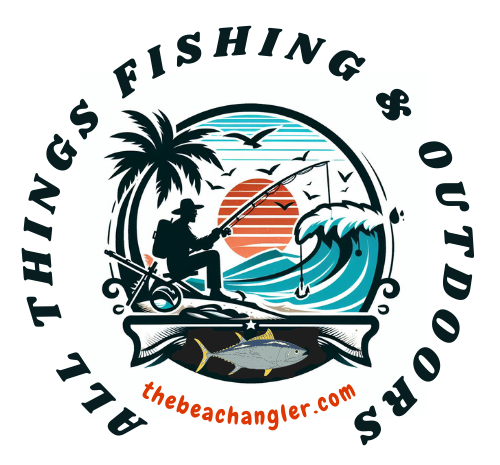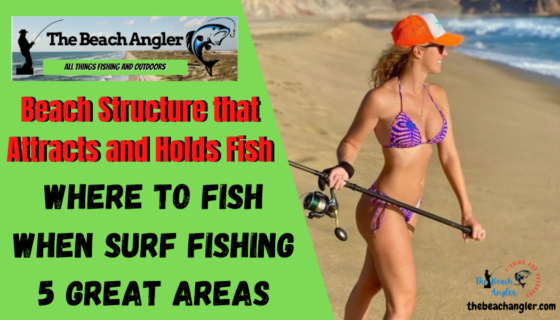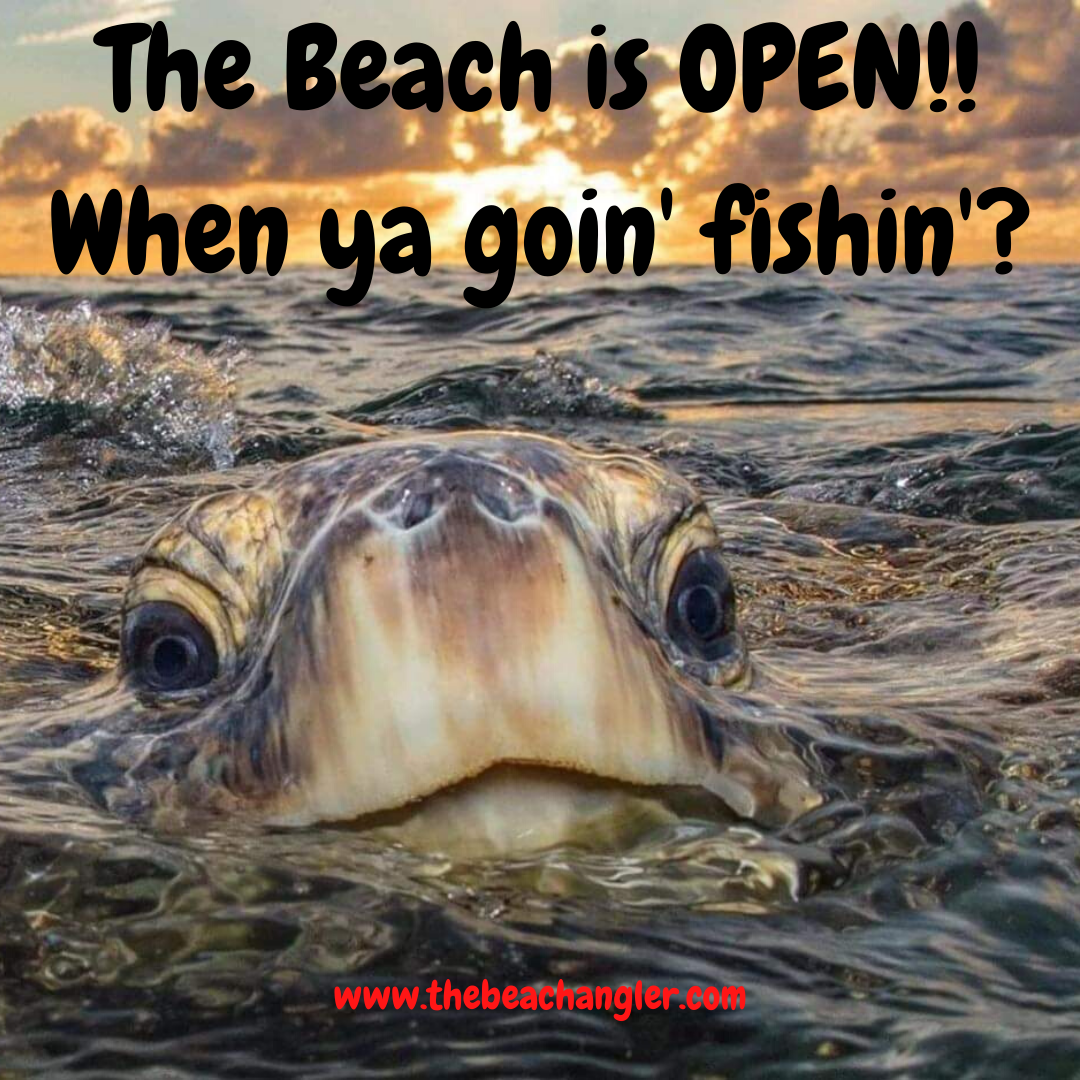If you’re planning a surf fishing trip, one of the first things to decide is, where to fish when surf fishing. Once you have determined which beach or coast you want to fish, you still need to be able to find the areas of the beach that are more likely to hold fish. The surf, to the untrained eye, can all start to look pretty much the same.
At a Glance
As you’re trying to decide where to fish when surf fishing, look for the following 5 key areas.
- 1.) Sandbars,
- 2.) Guts or Troughs,
- 3.) Rips or Suck outs,
- 4.) Points, and
- 5.) Pockets.
Always be on the look out for bait and fish feeding activities. Diving birds is always a good sign that bait is present. Other structures along the beach such as piers, rocks, jetties and bridges can also be good areas to target. Check local fishing forums as well as the areas’ bait and tackle shops for the latest information.
But, underneath all the waves and foam, there are a variety of fish holding and attracting structures. With a little practice, you can learn what to look for and where to look. And, once you get some experience, you will start to see your surf fishing success improve dramatically.
Let’s take a look at how to read the beach and find things like sandbars, guts, rips and bait to narrow down where to fish when surf fishing. And, catch more fish while we’re at it. I mean, catchin’ makes fishin more fun. 😉
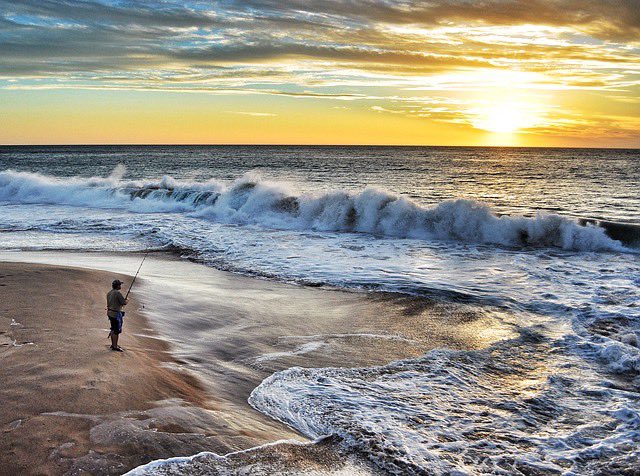
Finding Where to Fish When Surf Fishing
Your search for where to fish when surf fishing begins with deciding which beach you want to fish. Each beach is different. Some beaches you can drive on, while others are pedestrian only. This will affect how much beach you can cover in days fishing
Some beaches are along rocky coastlines, some have very large waves and others are on leeward coastlines and relatively calm. All of these will factor into where to fish when surf fishing your chosen beach. Each will have its own unique structures and fish species.
Fish in surf, just like fish in the bay, lake or ocean, all relate to structure. Beneath all the waves, the beach has a variety of fish holding and attracting structures. Locating these structures gives you a much better chance of finding a good fishing spot.
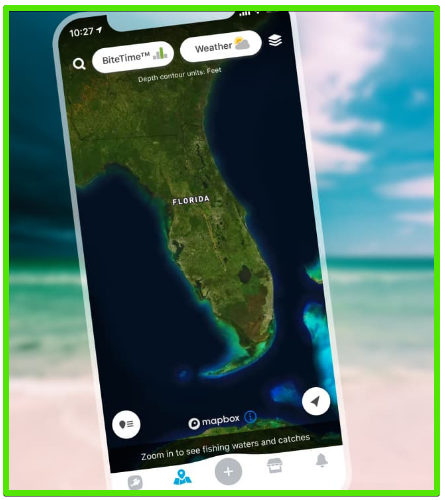
Technology has given us some great tools for scouting the beach for likely fishing spots, right in the palm of your hand.
Apps like Google Earth, ONx, and FishBrain give you the ability to see the beach from satellite imagery and find guts, bars, rips and other potentially fish holding structures.
In most areas, you can find local fishing forums online as well. These can be a great source of information as local fisherman share their stories and photos and answer each others questions.
Join your local forum and read some of the discussions. Be active and ask question, that’s what forums are all about.
Another great source of information on where to fish when surf fishing is your local bait shops and fishing tackle stores. It is, after all, their business to know what is biting, where they’re biting, and what are they being caught on. Combine scouting information from all of these sources and it will narrow down your search for a good beach fishing spot.
Now, a word of caution, when using online maps and apps to locate sandbars and other surf fishing structure, only use them as a starting point.
Beach structure can change dramatically from day to day as a result of storms, winds, currents and tides. Sandbars, guts and rips can move or be completely washed out since the last images were uploaded to these apps.
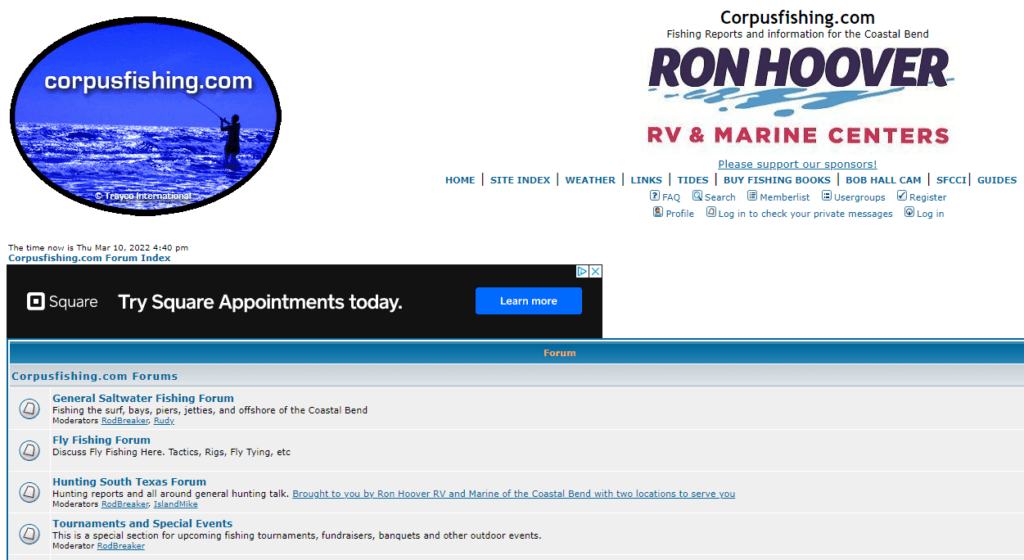
Surf Fishing Structure – Guts and Sandbars
Surf Structure – Sandbars
Sandbars are one of the more easily identified structures along the beach. Sandbars are ridges of sand, gravel, and or shell built up over time by the action of breaking waves along the beach front. They run parallel to the beach and the water over the sandbar is more shallow that the guts, or troughs, between bars.
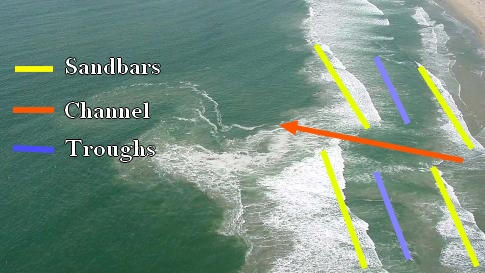
The shallow water over sandbars is where you see the waves breaking. At low tide, you may find sandbars completely exposed. Deeper water coastlines have fewer bars and waves will break closer to the beach.
More shallow coasts you will find several bars off the beach as the waves break on the first bar and then build up and push on through the gut and break again on the next bar.
Sandbars will vary in depth and distance from the beach dependent on how deep the surrounding waters are. In between the bars is where you will find the deep guts or channels, and it is there where you will find most of your fish.
Larger fish will cruise the guts and frequently will be found on the inside edge of the sandbar waiting to ambush bait that gets washed off the bar into the gut.
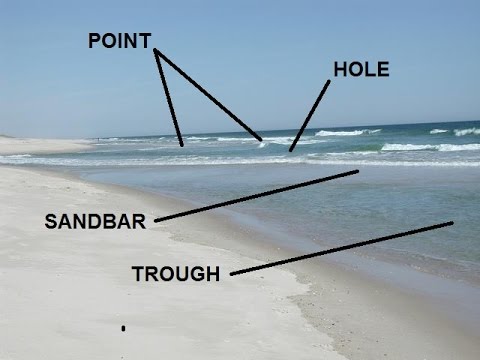
You will want to place your bait in that zone, just inside the gut off the inside edge of the bar, where the fish will be looking for an easy meal and find your bait waiting for them. By casting artificial lures up on top of the bar and, on the retrieve, letting them drop when they get to the inside edge of the bar can draw some aggressive strikes from waiting predators
Surf Structure – Guts or Troughs
Guts, or troughs, are the deeper water areas between the shoreline and the first sandbar, and the deeper water areas between sandbars. These deeper guts are literally fish highways. Larger fish patrol up and down these guts looking for their next meal.
Bait will be in the shallower areas on top of the bars on in the shore run out. But, wave action and currents will sweep them off into the deeper guts where the predators are waiting in ambush. So, these deeper guts or troughs will be one of your prime structures for where to fish when surf fishing.
Try to place your bait at the inside edge of the white water from waves breaking across the sandbar.
This will place it on the inside edge or drop off from the bar where predators like to lurk.
When schools of bait fish are present, predators will use the herd them up against the edges of the bar, and into pockets formed by points, to make them easier to catch.
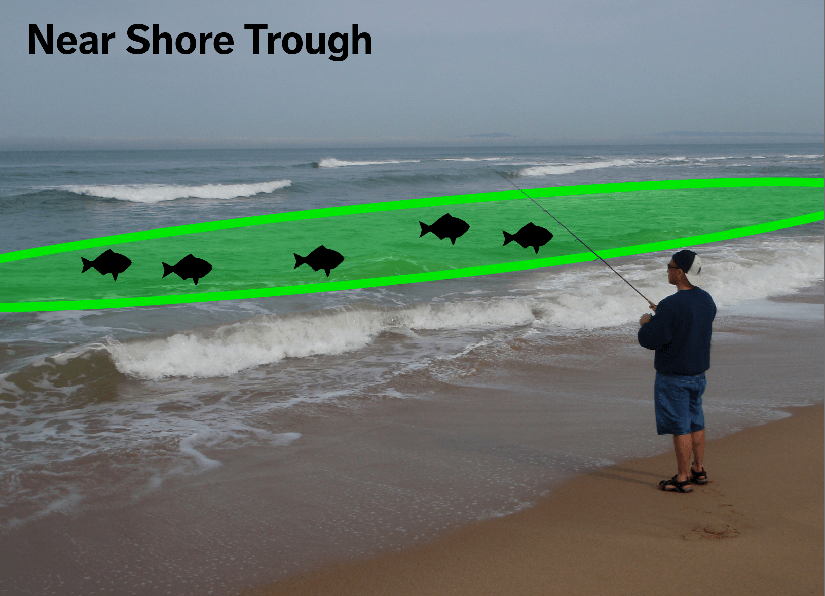
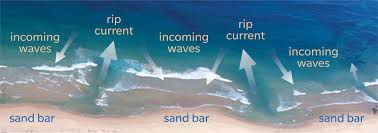
One of the best places to fish around sandbars are rips or suck outs. These are cuts through the sandbar made by the receding water. These cuts form channels that water travels back off shore. Bait gets “sucked out” through these channels and fish stage on the outer edges waiting for an easy meal to come washing by making these areas one of your best spots for fishing around sandbars.
Surf Rips, Points, and Other Structure
Surf Structure – Rips or “suck outs”
Suck outs or rips, sometimes called rip tides, are deeper areas of cuts in the sandbars where the water has cut a channel as it recedes back out to sea.
You can identify them by watching the waves break on the sandbar. Areas where rips or “suck outs” have formed will be deeper and the waves won’t break over them.
These rips or suck outs are one the best areas to fish when surf fishing. Try to place your baits or cast your lures on the back side of the sandbar on the outer edges of the rip. As the water gets “sucked out” through the rip or seam in the sandbar, it forms a current.
The sandbar on either side of the rip forms an eddy in the current where predators can lie in wait for bait that gets “sucked out” through the rip. In other words, put you bait where the fish are most likely to be, and you will have a good chance at catching some.
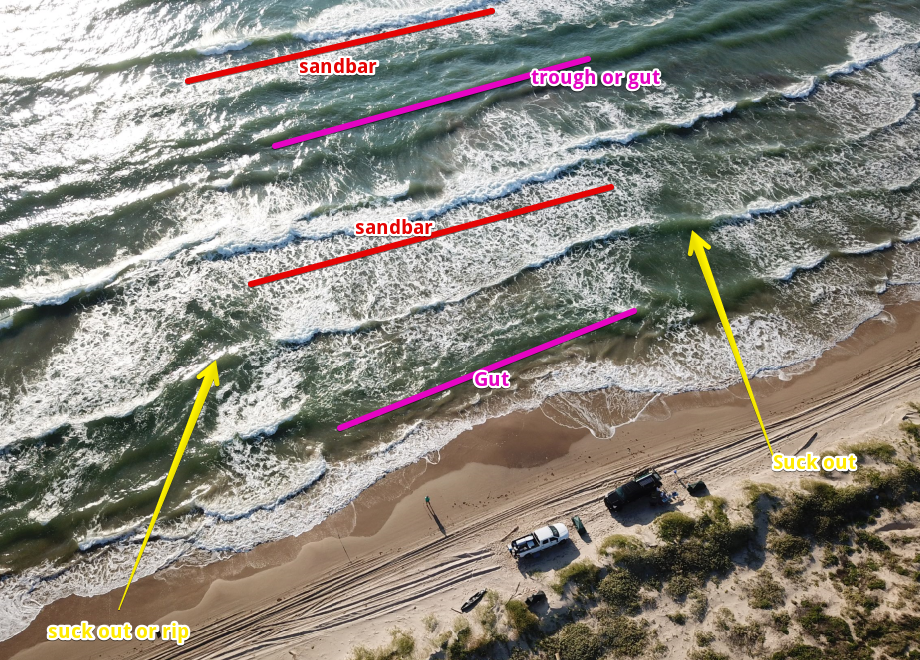
Surf Structure – Points and Pockets
Another beach structure to be aware of when searching for where to fish when surf fishing is points. Just like the shore of lakes and islands, the beach has points that extend out from shore. These points are formed by wave action and currents. They are shallow areas that extend out into the near shore gut or trough and block it. Where the point blocks the gut is know as a pocket.
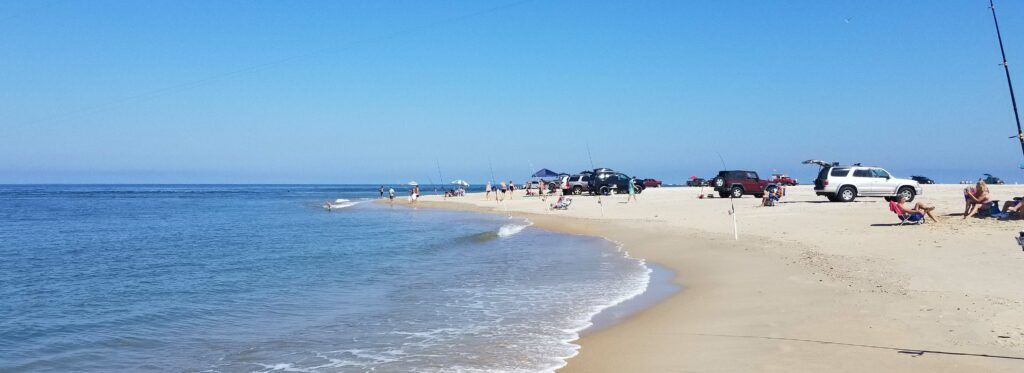
Where these blocked guts, or pockets form, is another great structure to fish. Predators use them to corner bait up against the shallows of the point.
And, to simply stage in the pocket and wait for the wave action to wash bait off the point and into the gut. Much like they will stage on the back side of the sandbars.
When fishing points, target the pockets on either side of the point with your bait or lures. You can also wade out on the point itself and this will allow you to get your bait out further and, in many cases, into the second gut and sandbar. Depending on your beach you may have additional structures to fish.
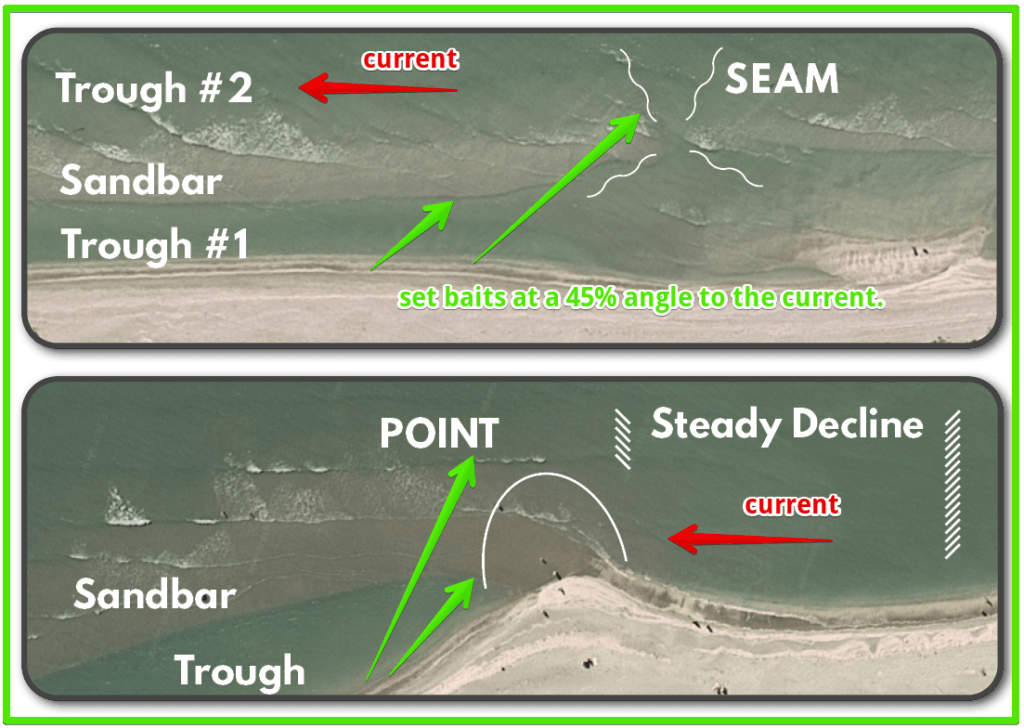
Other Surf Structure
Rocks, piers, river and creek drainage, jetties and even bridges can offer good fish holding structure and are worth exploring. Work baits and lures on the down current side of these structures. Fish like to hold in the eddies formed by the structure to 1, save energy by not having to swim constantly against the current and 2, ambush prey that is swept along by the currents.
Beach Surf Fishing – Locate The Bait
When deciding where to fish when surf fishing, any area of the beach where you find concentrations of bait or fish feeding activity, is a good place to give a try. If the bait is there, chances are the predators won’t be far. If you see signs of fish feeding, like birds diving or fish busting the surface chasing bait, you’ve found the honey hole.
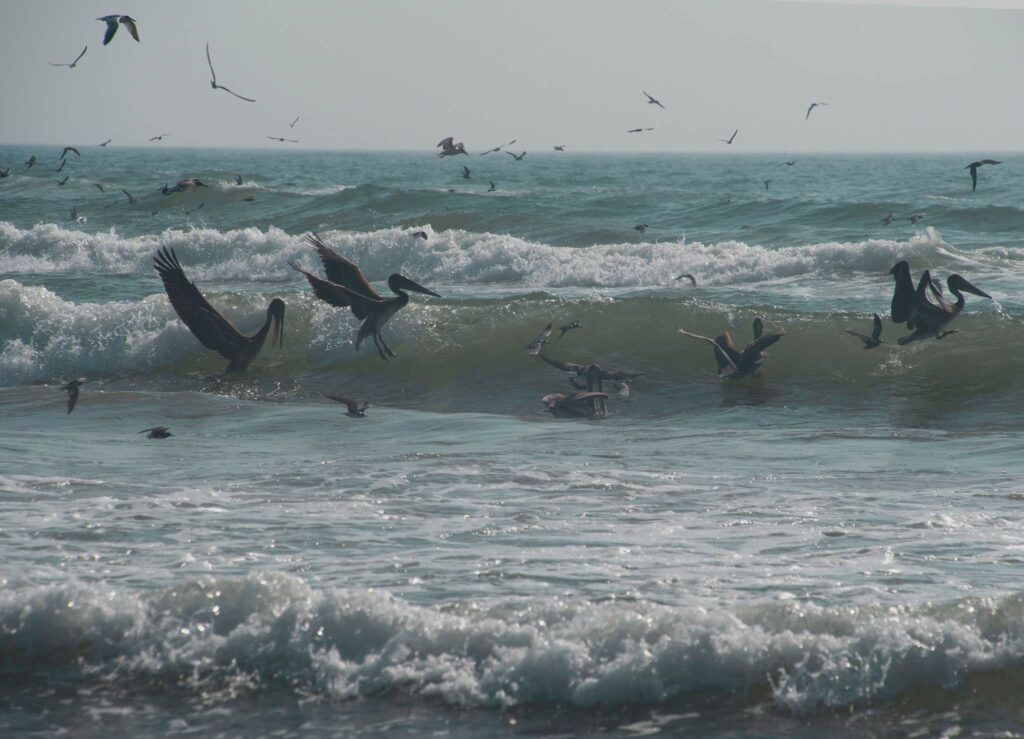
When the water is relatively clear, you often can see schools of bait fish swimming in the guts and waves along the beach.
If the water is murky, you will need to watch for swirls, ripples and bait jumping to find them. Diving birds will help here too.
Also, if you find a large flock of birds resting on the beach, but not currently feeding, that can be a good place to try.
The birds are there for a reason. Either they just finished feeding on a school of bait, or they are expecting one to appear soon.
Some fish species feed on small crustaceans like crabs and clams. You can look for them along the waters edge.
If you find a concentration, more than likely there are more offshore in the water and the fish that feed on them will be there too. Set up and give the area a try.
If you combine bait with a good deep gut, rip, or point, you have all the ingredients for where to fish when surf fishing.
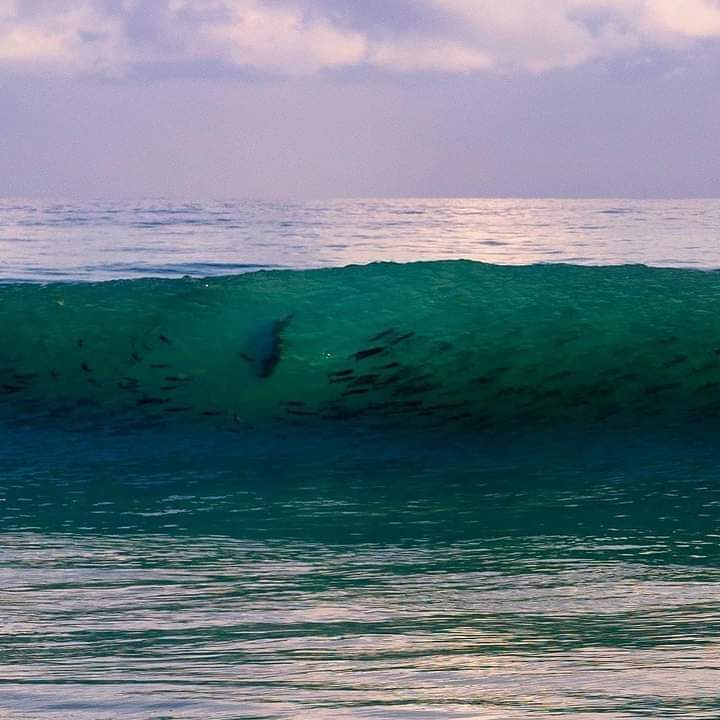
If you catch fish, make some notes on where it was, what kind of structure was there, any bait activity, time of year, tides and time of day. That way, next time, you will be able to use those notes to find other likely fishing spots.
Surf Fishing, If The Fish Aren’t There, Move.
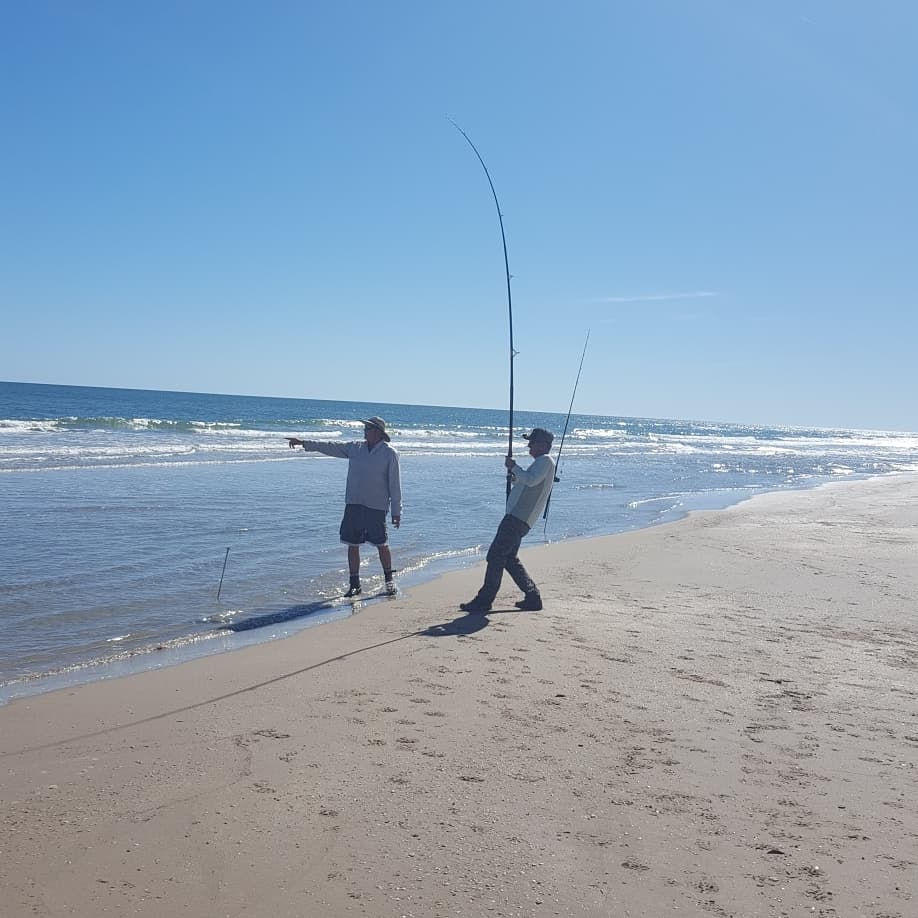
Now, if the fish don’t seem to be there at the spot you pick, go ahead and move down the beach and try another spot.
If you think you have found a good spot, you’ve got good structure, and there is bait present, you may want to stick it out a while.
Maybe when the tide changes, or as the sun starts to set, the fish may suddenly turn on and start feeding.
So, it is somewhat of a crap shoot. But, you can move and try another spot, and come back to your current spot later when conditions have changed.
Even if the fish aren’t biting, hangin’ out at the beach is a pretty nice place to be. As you’re learning, just keep trying new areas and new techniques until you find something that works.
Keep a log, or at least some mental notes as to what worked and what didn’t. They say 20% of the water holds 80% of the fish.
So, learning what areas aren’t productive helps you eliminate those types of areas in the future so you can concentrate on finding that 20% that hold the fish.
If you have some open beach, you can work up and down the beach with artificials prospecting for fish and scouting for signs of bait, structure and fish feeding activity.
You can cover a lot of beach this way and begin to narrow down the likely areas from the not so likely. Once you find the fish, you can stop and set up your bait rods and concentrate on that area.
Essential Surf Fishing Gear:
- Surf Fishing Rods, surf rods are typically longer and heavier duty than standard rods. – read more.
- Surf fishing Reels,larger and stronger with greater line capacity to handle big fish. – read more.
- Surf fishing Rod and Reel Combos, pre-matched rod and reel set ups for surf fishing – read more.
- Sand Spike Rod holder, holds your rods securely while you wait for that big bite. – read more.
- Surf Fishing Rigs, terminal tackle for fishing the surf. – read more.
- Surf fishing Carts, for beaches that won’t allow vehicles you need a way to carry your gear – read more.
- Rod Racks for Vehicles, carry your rods out of harms way and easy to access- read more.
- Beach Camping Gear, in case you want to fish all night or for several days – read more.
As always, stay safe, enjoy the journey and please try to leave it cleaner than you found it. If you have any comments, questions, ideas or suggestions please leave them in the comment section below and I’ll get back to you asap. You can follow us on Facebook: Rex The Beach Angler, Instagram: thebeachangler7, Twitter: @AnglerBeach, and YouTube: Man Art Creations.
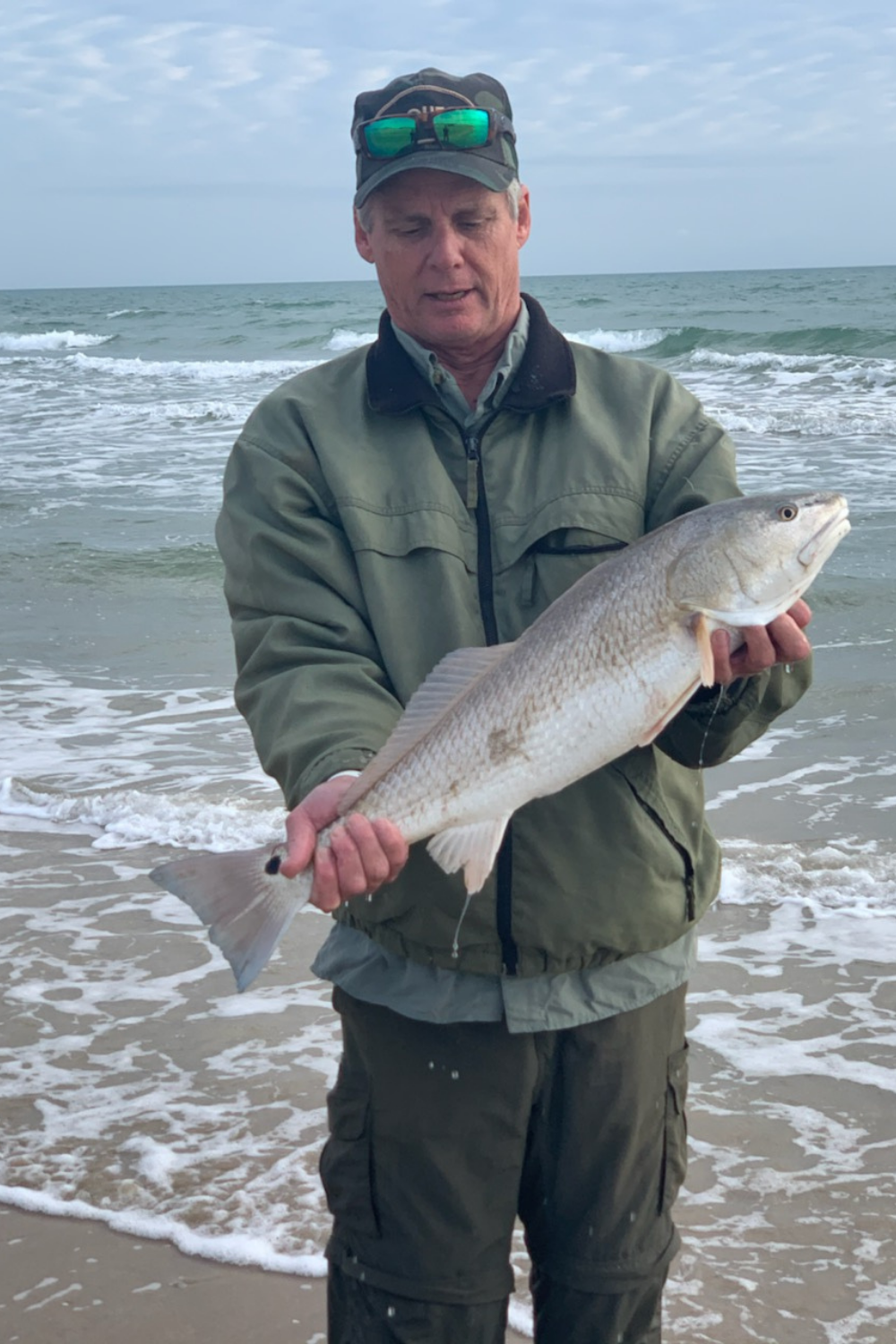
A life long surf fisherman with 50+ years of experience, I am also an avid hunter and outdoorsman. I will be sharing my passion for the outdoors with you so be prepared for hunting, fishing, camping, hiking and more. Along with gear reviews and the latest trends and innovations in the outdoor industry.
